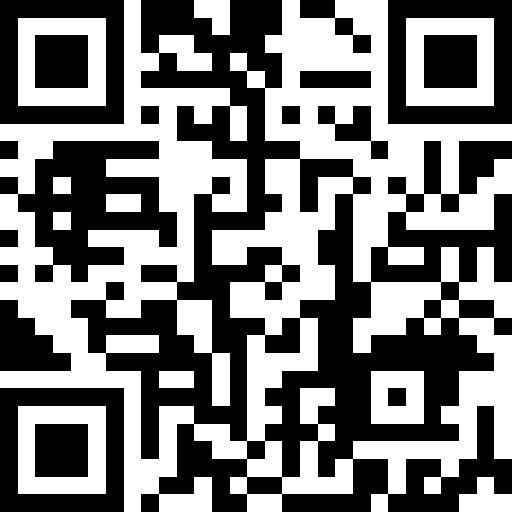Title Page
-
Work order/ Notification number
-
Job Description
-
Location - Maintenance tyre bay and infield servicing
-
Conducted on
-
Conducted by
-
CMW's involved in the Working at heights task
3M FCV Tyres and RIMs
-
Causes and/or Impacts
1. Inadequate equipment used/available for fitting / removing tyres
2. People/Equipment interaction
3. Inadequate skills for fitting / removing / testing /maintaining / repairing tyres and rims
4. Less than adequate processes for managing tyres and rims on fixed and mobile plant on site
5. Unauthorised modification of rims -
Fatal Controls
1. Jacks/stand marked with SWL and authorised to be used on site
2. All implements lowered to ground. Articulation lock-link fitted when working on articulated machine
3. Equipment fit for purpose and checked to maintenance schedule
4. Fall back arresters fitted to tyre handler
5. Jacks and stands to be positioned in OEM equipment jacking locations
6. Minimum 24 hour and 300m radius exclusion zone for hot tyres
7.Tyre fitters must hold recognised competencies
8. Visual checks by tyre fitter for cracks, deformation (flat spots or out of round), corrosion around - lock rings, valve hole, O-ring groove, back flange(retaining lip), welds, mounting disks, stud hole -
Visually inspect 2 jacks, 3 stands and verify that they are within test date and have a safe working load.<br>Are Jacks and stands inspected within test date and marked with a SWL?
-
Take Photo of Test date and SWL
-
Pressure gauges used for tyre inflation are required to be checked regularly with the Site Master Gauge. <br>Visually check the master pressure gauge being used and verify it is in test date.<br>Is the master test gauge within test date?
-
Take Photo of Master gauge test date sticker or certificate
-
Tyre fitter are required to check their personal tyre inflation gauge against the master gauge to check for accuracy. <br>Engage with a tyre fitter and confirm that they are able to demonstrate checking their personal gauge against the master gauge for accuracy. <br>Verify that readings are with +/- 2psi or +/-14kpa.<br>Are the gauges within +/- 2psi or +/-14kpa compared to the master gauge?
-
Jacks and stands are to be position in OEM equipment jacking locations. <br>Select one piece of heavy mobile equipment having tyre changed and verify that jacks and stands in use are in the correct locations and suitable for the load they are carrying.<br>Are stands in the correct location and rated appropriately?
-
Take photo of Jack/Stand Position and OEM indication of correct position
-
To avoid a crush injury while changing a tyre all implements should be lowered to ground with articulation lock-link fitted when working on loaders and dump truck trays are to be lowered.<br>Inspect a piece of machinery undergoing a tyre maintenance and check that the machine is fundamentally stable. Verify implements are down, tray secured and for articulated vehicles - lock bar fitted<br>Is the machine fundamentally stable?
-
Take Photo of equipment in fundamentally stable position
-
Tyre handlers have fall-back arresters to stop tyre falling on people when they are working on wheel assemblies.<br>Verify fall-back arresters are fitted to tyre handler arms to prevent tyre being able to fall back on cabin.<br>Are fall back arresters fitted?<br>
-
Take Photo of fall back arrestors
-
Tyre fitting is a specialised task – you must have undertaken specialist training and be authorised<br>Verify tyre fitter competency. Sample 2 tyre fitter competencies in training system. <br>Do tyre fitters have the appropriate qualification?
-
Take photo tyre fitters competency RIISAM210A (MNCG1031A) - remove and fit wheel assemblies RIISAM211B (MNCG1032A) - remove, repair and refit tyres and tubes as evidence
-
Have tyre fitters explain what visual checks they carry out during assembly/disassembly of tyres to ensure integrity of tyre assembly and show example of where they are recorded<br>Verbal response should include the below and be captured in a document<br>Tyre pressure checks<br>Tyre temperature checks (where necessary)<br>Tyre physical defects e.g. abnormal wear, tread<br>detachment (heat separation/mechanical damage) sidewall deformation, sidewall cut, belt exposure<br>Wheel nuts/studs/clamps for security<br>Lock rings and flanges are secure<br>Gutter sections for signs of cracks/deformation<br>Rim bases for signs of cracks<br><br>Could the tyre fitter adequately explain the visual checks they carry out during assembly/disassembly of tyres to ensure integrity of tyre assembly?<br>
-
Take Photo of check sheet
-
A minimum 24 hour/300m radius exclusion zone is required for hot tyres and regular monitoring by tyre fitter. Hot tyres are to be removed and inspected after 24 hours.<br>Engage with one tyre fitter and one operator to verify understanding of requirements for managing a hot tyre event. Verify understanding of actions to be taken after hot tyre incident<br>Could the tyre fitter and operator adequately identify the actions to be taken in the event of a hot tyre event?<br>Response to include 300m radius exclusion zone for 24 hours; regular monitoring; Tyre should be removed and inspected for damage after 24 hours.
-
Over all Comments
-
Add signature






